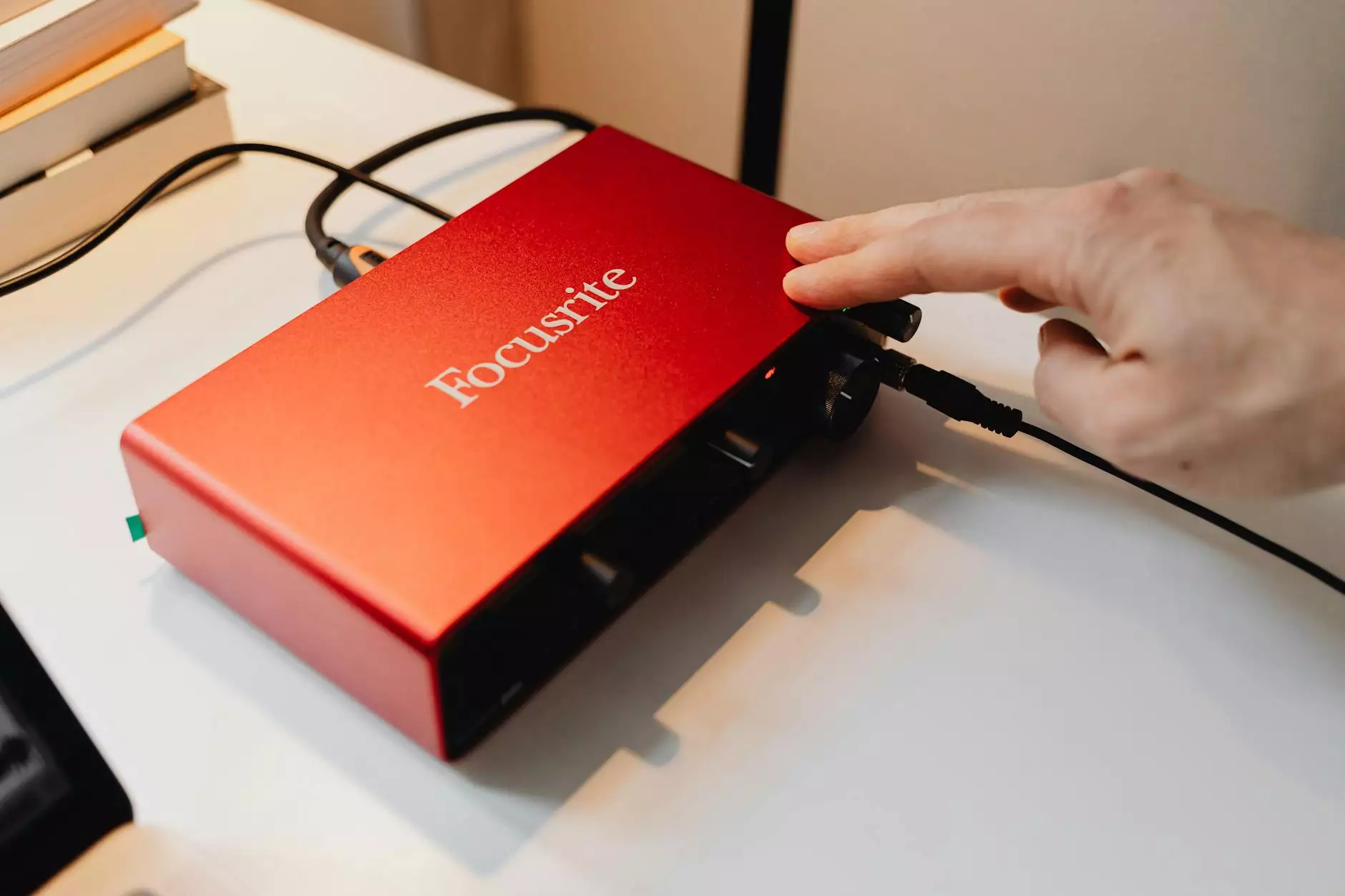Pallet Liquidation Business: Unlocking Profit Potential in Electronics

The pallet liquidation business has gained tremendous popularity in recent years, especially in the electronics sector. With the rapid advancements in technology and the constant influx of new gadgets, the demand for affordable electronics continues to rise. This article will explore the ins and outs of the pallet liquidation business, providing you with actionable insights to help you thrive in this dynamic marketplace.
What is a Pallet Liquidation Business?
A pallet liquidation business involves purchasing surplus or returned goods, often from major retailers, at a fraction of their retail price. These goods are typically sold in bulk on pallets, which can contain a mixed variety of items from electronics to household goods. For entrepreneurs looking to capitalize on a growing market, this business model presents a unique opportunity to acquire high-demand products without significant upfront investment.
How the Liquidation Process Works
The liquidation process varies depending on the supplier, but it generally involves the following steps:
- Identify Reliable Suppliers: Seek out reputable liquidation companies that specialize in electronics. Look for businesses with positive reviews and a proven track record.
- Review Inventory: Before making a purchase, carefully inspect the inventory list provided by the supplier. Ensure that the electronics included are in demand and in good condition.
- Place Your Order: Once you are satisfied with the inventory, place an order. Be prepared to negotiate prices, as many suppliers are open to offers.
- Receive and Inspect Goods: Upon receiving the pallet, inspect the products for damages and verify their condition.
- Resell the Items: List the items for sale through your chosen platforms, such as eBay, Amazon, or your own e-commerce store.
Why Choose Electronics?
The electronics category is one of the most lucrative sectors within the pallet liquidation business. Here are several reasons why you should consider focusing on electronics:
- High Demand: Consumer electronics are always in demand. Items like smartphones, tablets, and laptops have a broad customer base, ensuring quicker sales.
- Rapid Innovations: The fast-paced nature of technology means older models become obsolete quickly, creating a continuous supply of liquidation opportunities.
- Resale Value: Electronics tend to retain considerable resale value, meaning even slightly used products can be profitably sold.
Types of Electronics to Consider
In the world of liquidation, not all electronics are created equal. Here are some categories that can yield significant returns:
- Smartphones and Tablets: With constant upgrades and new models, older versions often are liquidated. These items have a massive resale market.
- Laptops and Computers: Even slightly outdated models can sell for a good profit if priced correctly.
- Home Entertainment Systems: Televisions and audio systems are high-ticket items that often come in liquidation lots.
- Accessories: Items like headphones, chargers, and smartwatches can be bundled for greater appeal.
How to Start Your Own Pallet Liquidation Business
Starting a pallet liquidation business may seem daunting, but with the right approach, it can be a rewarding venture. Here’s a step-by-step guide to help you get started:
1. Research the Market
Understanding the current trends in electronics can help you make informed purchasing decisions. Research popular items and keep an eye on shifting consumer preferences.
2. Create a Business Plan
A solid business plan will guide your operations, help you set goals, and provide a roadmap for success. Outline your target market, marketing strategies, financial projections, and inventory management approaches.
3. Find a Suitable Location
Decide where you will operate your business. This could be a physical storefront, a dedicated warehouse, or purely online through e-commerce platforms. Each option has its pros and cons.
4. Build Relationships with Suppliers
Establishing good relationships with suppliers is critical for gaining access to high-quality pallets at competitive prices. Attend liquidation auctions and network within the liquidation community to find reliable sources.
5. Develop an Online Presence
In today’s digital age, having a strong online presence is essential. Create a professional website and utilize social media platforms to promote your products and engage with potential customers.
Maximizing Your Profits
To succeed in the pallet liquidation business, you must be strategic in your approach. Here are several strategies to maximize your profits:
1. Pricing Your Products Effectively
Understanding the market value of your products is crucial. Research similar listings to determine competitive pricing. Consider offering discounts for bulk purchases or creating bundle deals to enhance sales.
2. Offering Excellent Customer Service
Building a reputation for great customer service can lead to repeat business and positive reviews. Be responsive to inquiries, address concerns promptly, and ensure products are shipped quickly.
3. Utilize Multiple Sales Channels
Don’t limit yourself to one platform. Explore selling on various marketplaces like eBay, Amazon, Facebook Marketplace, and your website. Each platform comes with unique audiences and advantages.
4. Leverage Social Media Marketing
Utilize social media to showcase your inventory, promote special offers, and engage directly with your customers. Platforms like Instagram and Facebook are perfect for highlighting new products and sales.
5. Stay Informed and Adapt
The pallet liquidation business is ever-changing. Regularly educate yourself on market trends, customer preferences, and new electronics. Adapting to these changes will keep your business relevant and profitable.
Challenges and Solutions in the Pallet Liquidation Business
While the pallet liquidation business offers tremendous opportunities, it’s not without challenges. Here are some common problems and possible solutions:
1. Unsold Inventory
Solution: To avoid being stuck with unsold products, conduct thorough market research before purchasing lots. Be aware of current trends and only buy items with proven demand.
2. Product Condition Issues
Solution: Always inspect your pallets carefully upon receipt and take advantage of return policies when possible. Establish a clear return policy for your customers to maintain trust.
3. Competition
Solution: Differentiate your business by offering unique items or superior customer service. Build a strong brand and foster a loyal customer base.
Conclusion
The pallet liquidation business in the electronics sector presents a wealth of opportunities for savvy entrepreneurs. By understanding the market, sourcing quality inventory, and employing effective sales strategies, you can unlock significant profits. This industry has the potential to be both fulfilling and lucrative—embrace the journey with passion and determination.
Whether you are just starting or looking to expand your existing business, the information in this article can serve as a valuable resource. Dive into the exciting world of pallet liquidation and watch your business thrive!









